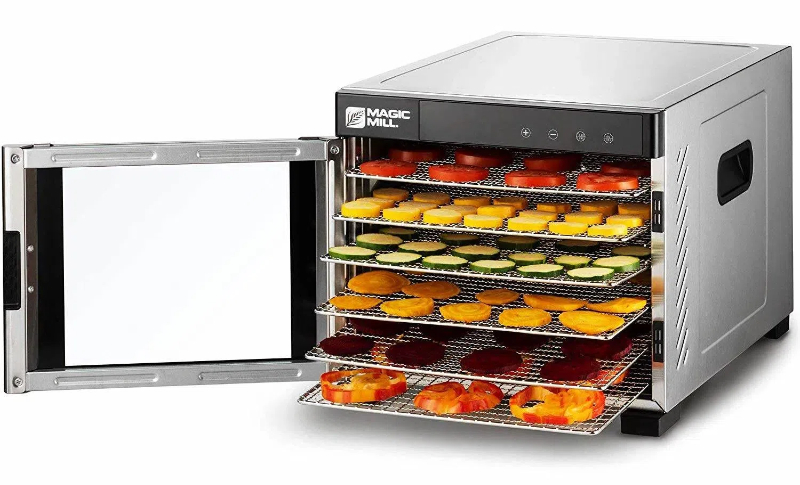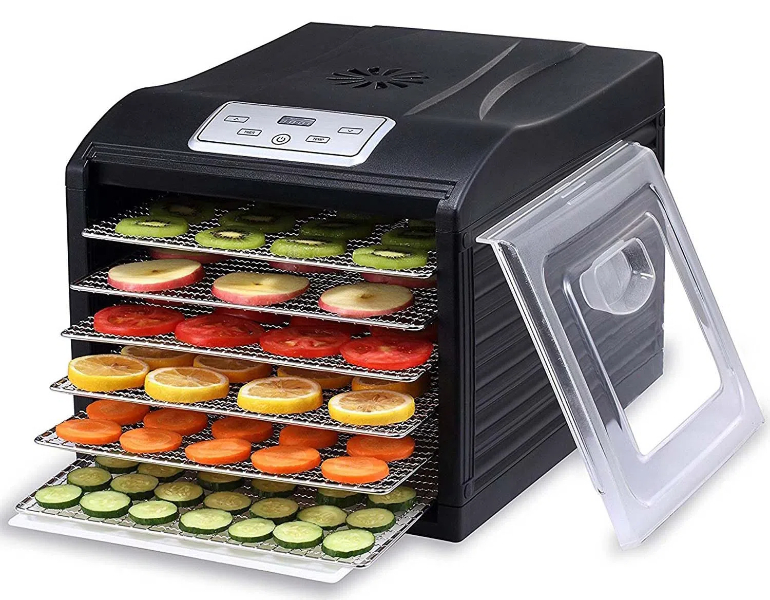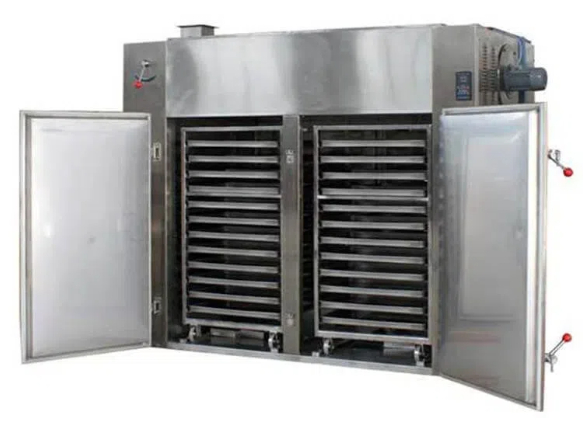
Content Menu
● Introduction
● Understanding Food Drying
● Types of Food Drying Machines
>> Heat Pump Dryers
>> Dehydrators
>> Traditional Sun Drying
● Heat Pump Dryers: A Closer Look
● Applications of Food Drying
>> Fruits
>> Vegetables
>> Meats
● Choosing the Right Food Drying Machine
>> Capacity
>> Energy Efficiency
>> Ease of Use
● Conclusion
● Frequently Asked Questions
>> 1. What are the main benefits of using a heat pump dryer for food?
>> 2. How does food drying affect nutritional content?
>> 3. Can I use a regular dehydrator for all types of food?
>> 4. What is the difference between a heat pump dryer and a traditional dehydrator?
>> 5. How do I maintain my food drying machine for optimal performance?
Introduction
Food drying is an ancient preservation method that has stood the test of time. It involves removing moisture from food, which inhibits the growth of bacteria, yeasts, and molds. This process not only extends the shelf life of food but also retains its nutritional value, making it a popular choice for both home cooks and commercial food producers. Among the various technologies available for food drying, heat pump dryers have emerged as a leading solution, offering energy efficiency and superior drying capabilities.

Understanding Food Drying
The food drying process involves several steps: heating the food to evaporate moisture, circulating air to remove the moisture-laden air, and cooling the food to prevent spoilage. The benefits of drying food are numerous. Dried foods are lightweight, easy to store, and can be rehydrated for use in various dishes. Additionally, drying preserves the flavor and nutritional content of food, making it a preferred method for many.
Types of Food Drying Machines
There are several types of food drying machines available on the market today:
Heat Pump Dryers
These machines use heat pump technology to efficiently dry food by recycling hot air. They are known for their low energy consumption and ability to maintain consistent temperatures, which is crucial for preserving the quality of the food.
Dehydrators
These are simpler machines that use electric heat to dry food. They are widely used for home drying and can handle a variety of foods, from fruits to jerky.
Traditional Sun Drying
This method relies on natural sunlight to dry food. While it is energy-efficient, it is highly dependent on weather conditions and can lead to inconsistent results.
Each type of machine has its advantages and disadvantages, and the choice often depends on the specific needs of the user.

Heat Pump Dryers: A Closer Look
Heat pump dryers represent a significant advancement in food drying technology. They operate by extracting moisture from the food and transferring it to a condenser, where it is collected as water. This process is highly efficient, as it recycles the heat generated during drying, reducing energy consumption significantly compared to traditional methods.
One of the key advantages of heat pump dryers is their ability to operate at lower temperatures, which helps preserve the delicate flavors and nutrients in food. This makes them ideal for drying fruits, vegetables, and herbs, which can lose their nutritional value when exposed to high heat.
Applications of Food Drying
Food drying has a wide range of applications. Commonly dried foods include:
Fruits
Apples, bananas, and berries are popular choices for drying, as they retain their sweetness and flavor.
Vegetables
Carrots, tomatoes, and peppers can be dried for use in soups and stews.
Meats
Jerky is a favorite among outdoor enthusiasts and can be made from various types of meat.
In commercial settings, heat pump dryers are used to produce dried fruits and vegetables for retail, as well as for creating ingredients for snacks and meals.
Choosing the Right Food Drying Machine
When selecting a food drying machine, several factors should be considered:
Capacity
Depending on your needs, you may require a machine with a larger capacity for commercial use or a smaller one for home use.
Energy Efficiency
Look for machines that offer energy-saving features, such as heat pump technology.
Ease of Use
Consider machines with user-friendly controls and easy-to-clean designs.
Conclusion
Food drying is an essential process for preserving food and extending its shelf life. Heat pump dryers offer a modern solution that combines efficiency with quality, making them an excellent choice for both home and commercial applications. As technology continues to evolve, we can expect even more advancements in food drying methods, further enhancing our ability to preserve food sustainably.

Frequently Asked Questions
1. What are the main benefits of using a heat pump dryer for food?
Heat pump dryers are energy-efficient, preserve food quality, and maintain consistent drying temperatures, making them ideal for a variety of foods.
2. How does food drying affect nutritional content?
Drying food can help retain its nutritional value, especially when done at lower temperatures, which prevents the loss of vitamins and minerals.
3. Can I use a regular dehydrator for all types of food?
While most dehydrators can handle a variety of foods, some may not be suitable for high-moisture items like meats without proper preparation.
4. What is the difference between a heat pump dryer and a traditional dehydrator?
Heat pump dryers are more energy-efficient and operate at lower temperatures compared to traditional dehydrators, which can lead to better preservation of food quality.
5. How do I maintain my food drying machine for optimal performance?
Regular cleaning, checking for blockages, and ensuring proper airflow are essential for maintaining the efficiency of your food drying machine.












